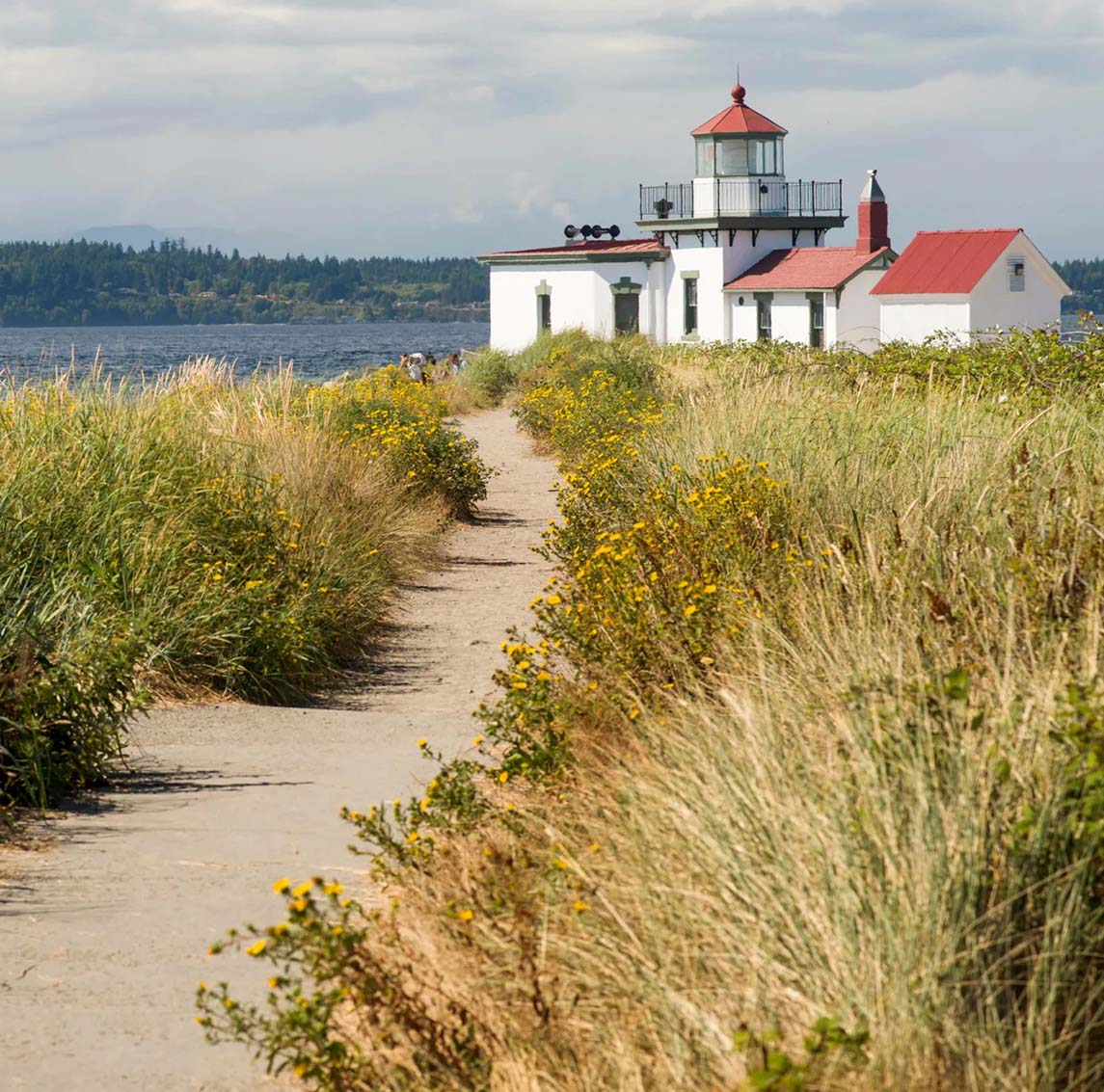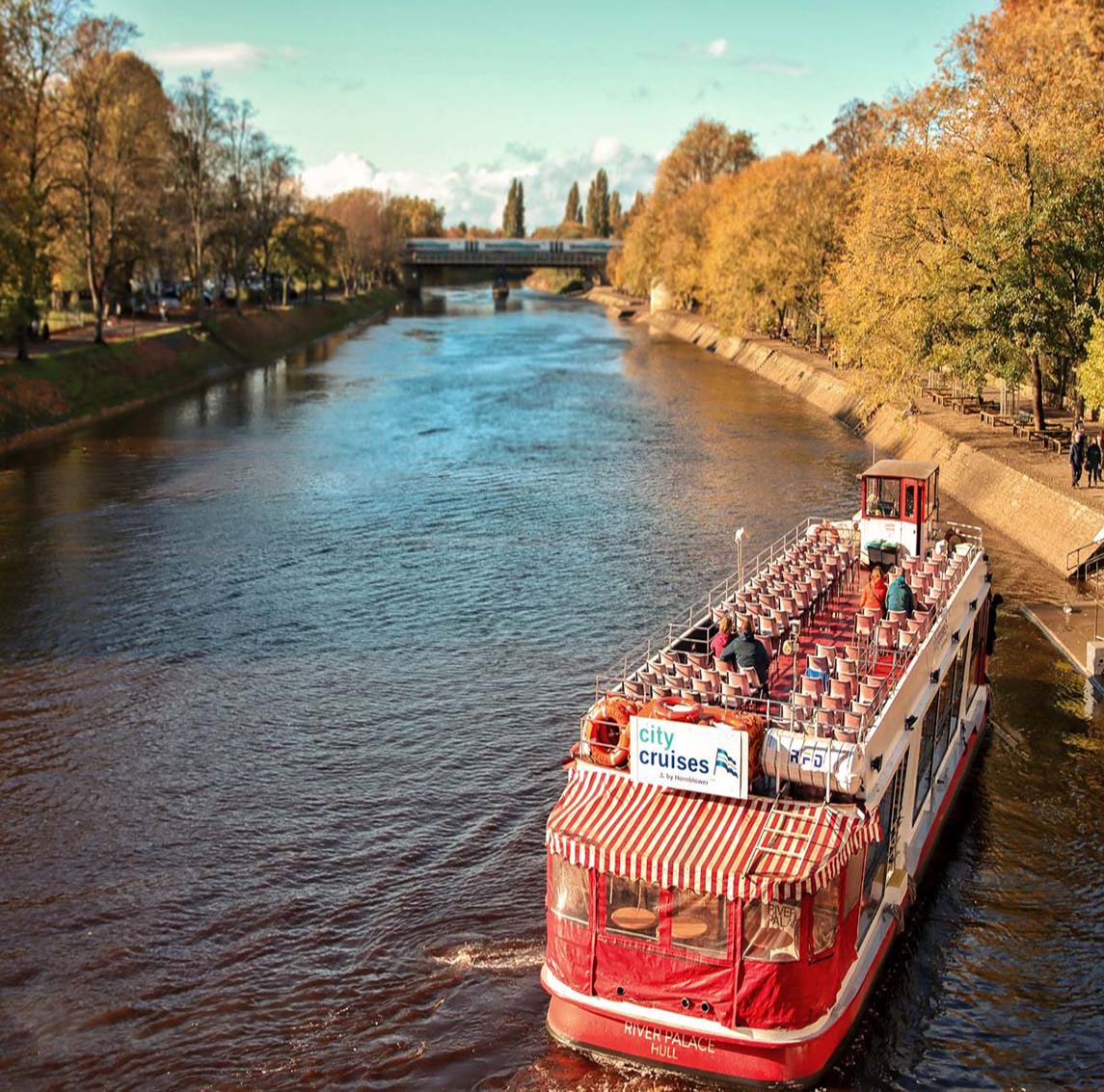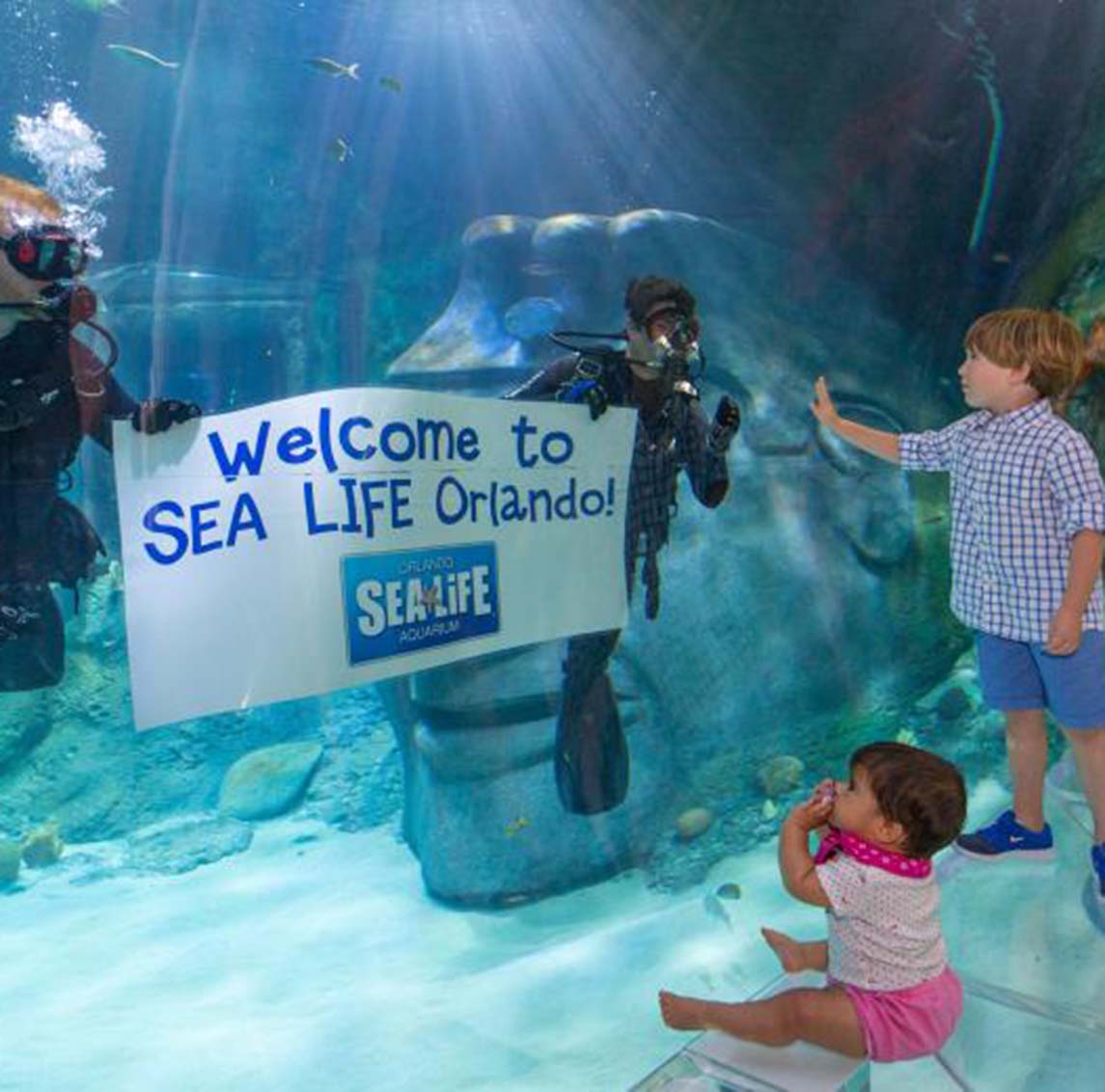Seattle, with its stunning natural beauty and diverse landscapes, offers a plethora of outdoor adventures for visitors to explore. From scenic hikes and thrilling water sports to tranquil gardens and awe-inspiring wildlife encounters, there’s something for everyone to enjoy in the Emerald City’s great outdoors.
My Adventures:
Hiking in Discovery Park:
Location: 3801 Discovery Park Blvd, Seattle, WA 98199, USA
Description: Nestled on the shores of Puget Sound, Discovery Park is Seattle’s largest public park, spanning 534 acres of forests, meadows, and beaches. With miles of scenic trails offering panoramic views of the surrounding mountains and waterways, it’s a haven for outdoor enthusiasts.
Experience: As I set out on the trails of Discovery Park, I was immediately struck by the tranquility and natural beauty that enveloped me. The lush forests echoed with the sounds of chirping birds and rustling leaves, while the salt-tinged breeze from the nearby sea invigorated my senses. I opted for the South Beach Trail, which meandered through dense woodlands before opening up to sweeping vistas of the ocean. The sight of bald eagles soaring overhead and seals basking on the rocky shore added to the magic of the experience.
Pros: Stunning views, diverse ecosystems, well-maintained trails.
Cons: Limited facilities, can get crowded on weekends.
Getting There: Discovery Park is located in the Magnolia neighborhood of Seattle and is easily accessible by car or public transportation. Bus routes 19 and 33 serve the park, with stops near the entrance. Alternatively, rideshare services or cycling are convenient options for reaching the park.
Trail Options: Discovery Park offers a variety of trails catering to different skill levels and preferences. In addition to the South Beach Trail, visitors can explore the Loop Trail, which provides a scenic loop around the park with opportunities for birdwatching and wildlife viewing. The North Beach Trail offers access to rugged coastline and tidal pools, while the West Point Lighthouse Trail leads to the historic West Point Lighthouse, offering panoramic views of Puget Sound.
Visitor Center: While Discovery Park does not have extensive facilities, it does feature a visitor center near the park entrance. The visitor center provides information about the park’s history, ecology, and recreational opportunities. Visitors can pick up trail maps, learn about upcoming events and programs, and speak with park staff for guidance and recommendations.
Picnic Areas: For those looking to enjoy a leisurely meal amidst nature, Discovery Park offers several picnic areas scattered throughout the park. These picnic areas are equipped with tables, benches, and barbecue grills, providing the perfect setting for a family outing or social gathering. Visitors can bring their own food and beverages or purchase supplies from nearby grocery stores or cafes.
Wildlife Viewing: Discovery Park is home to a diverse array of wildlife, including birds, mammals, and marine species. Birdwatchers will delight in the opportunity to spot resident and migratory species such as bald eagles, great blue herons, and songbirds. Marine enthusiasts can observe seals, sea lions, and even occasional sightings of orcas and humpback whales along the shoreline.
Seasonal Considerations: While Discovery Park is open year-round, the experience can vary depending on the season. Spring brings blooming wildflowers and migrating birds, while summer offers long daylight hours for extended hikes and beach outings. Fall showcases vibrant foliage colors, and winter provides opportunities for storm watching and solitude amidst the peaceful landscape.
Park Etiquette: To preserve the natural beauty and ecological integrity of Discovery Park, visitors are encouraged to practice Leave No Trace principles. This includes staying on designated trails, disposing of waste properly, and respecting wildlife and other park users. Dogs are allowed in the park but must be kept on a leash at all times to minimize disturbance to wildlife and ensure the safety of other visitors.
Accessibility: While Discovery Park offers natural terrain and rugged trails, efforts have been made to improve accessibility for visitors with mobility challenges. The park features accessible parking spaces, restroom facilities, and designated paths for wheelchair users. Additionally, interpretive signage and audio tours are available to enhance the experience for visitors with visual or hearing impairments.
By immersing oneself in the natural splendor of Discovery Park, visitors can escape the hustle and bustle of city life and reconnect with the beauty of the Pacific Northwest’s wilderness. With its stunning vistas, diverse ecosystems, and opportunities for outdoor recreation, Discovery Park offers an unforgettable outdoor adventure for nature lovers of all ages.
Kayaking on Lake Union:
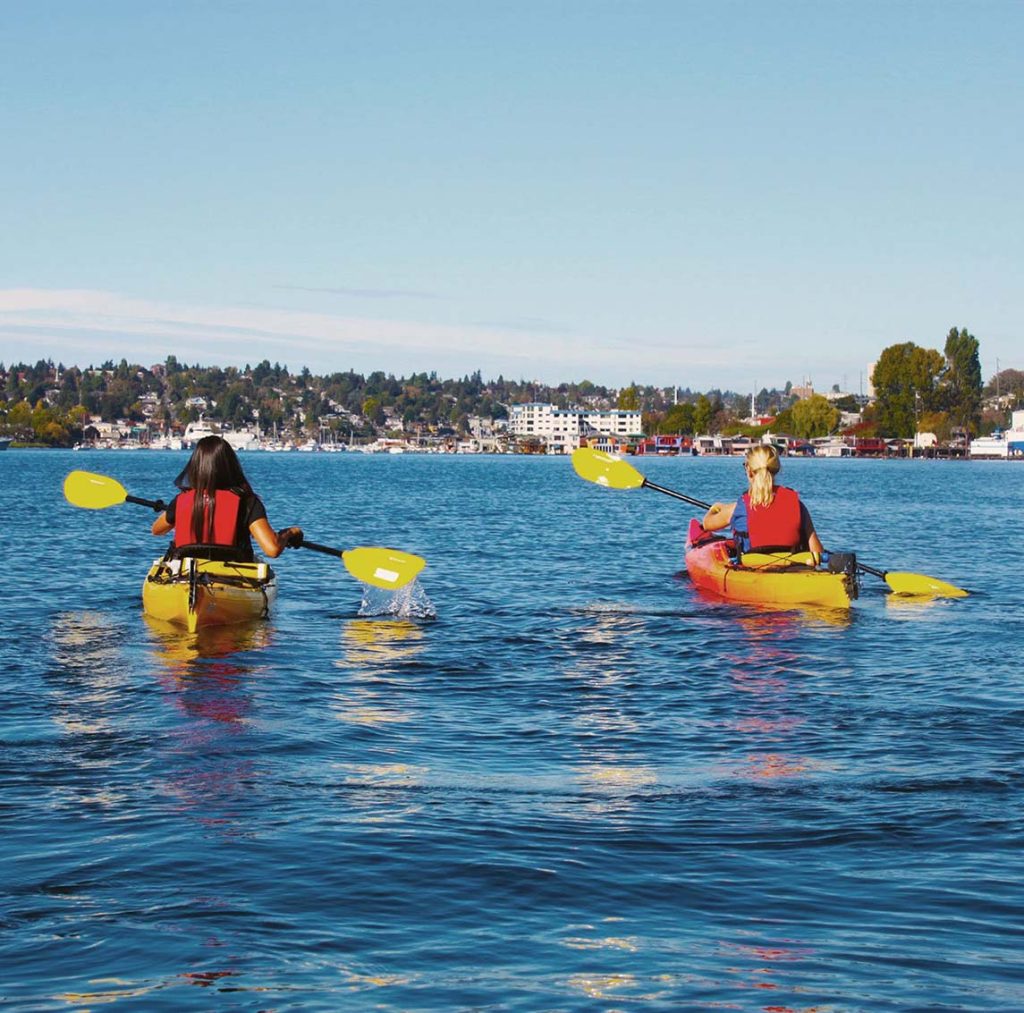
Location: Lake Union, Seattle, WA 98109, USA
Description: Lake Union is a bustling freshwater lake located in the heart of Seattle, offering a scenic backdrop for kayaking adventures. With its calm waters and stunning views of the city skyline, it’s the perfect spot for paddling enthusiasts of all levels.
Experience: Renting a kayak from one of the local outfitters, I set off to explore the tranquil waters of Lake Union. Gliding past houseboats and sailboats, I marveled at the juxtaposition of nature and urbanity that defines Seattle’s waterfront. As I paddled towards Gas Works Park, the iconic Space Needle loomed in the distance, creating a postcard-perfect scene against the backdrop of Mount Rainier. Along the way, I spotted a variety of birdlife, including herons, cormorants, and even the occasional bald eagle.
Pros: Scenic views, calm waters, suitable for all skill levels.
Cons: Can be crowded, especially on sunny days.
Getting There: Lake Union is centrally located in Seattle and can be easily reached by car, bike, or public transportation. Several kayak rental companies operate along the lake’s shoreline, offering equipment and guided tours for visitors.
Rental Options: Visitors to Lake Union have a variety of rental options available, including single and tandem kayaks, stand-up paddleboards (SUPs), and pedal boats. Rental shops typically provide safety equipment such as life jackets and paddles, as well as brief orientations for first-time paddlers. Some outfitters also offer guided tours led by experienced instructors, providing insights into the lake’s history, ecology, and notable landmarks.
Safety Considerations: While Lake Union’s calm waters make it suitable for paddlers of all skill levels, it’s important to practice basic water safety precautions. Beginners should familiarize themselves with kayaking techniques and safety procedures before venturing out onto the lake. Additionally, wearing a properly fitted life jacket is essential for all paddlers, regardless of swimming ability. Weather conditions can change rapidly on the lake, so it’s advisable to check the forecast and avoid paddling in strong winds or inclement weather.
Scenic Highlights: Kayaking on Lake Union offers unparalleled views of Seattle’s skyline, waterfront neighborhoods, and iconic landmarks. Paddlers can glide past floating homes, marinas, and historic shipyards while taking in the sights and sounds of urban life. Gas Works Park, located on the northern shore of the lake, provides a scenic spot for picnicking and relaxation, with panoramic views of downtown Seattle and Lake Union’s bustling activity.
Wildlife Encounters: Lake Union is home to a variety of wildlife, both on land and in the water. Birdwatchers will delight in the opportunity to spot waterfowl such as ducks, geese, and herons, as well as migratory species during the spring and fall seasons. The lake’s waters also support a diverse array of fish species, including bass, perch, and trout, making it a popular destination for fishing enthusiasts.
Environmental Awareness: As stewards of Lake Union’s ecosystem, kayakers are encouraged to minimize their impact on the environment by practicing responsible paddling habits. This includes avoiding disturbing wildlife, refraining from littering or polluting the water, and adhering to designated watercraft routes and regulations. By respecting the natural beauty and ecological integrity of Lake Union, paddlers can help preserve this urban oasis for future generations to enjoy.
Community Events: Throughout the year, Lake Union plays host to a variety of community events and recreational activities, ranging from dragon boat races and sailing regattas to fireworks displays and cultural festivals. Paddlers may encounter organized events or gatherings on the lake, adding to the vibrant atmosphere and sense of community spirit that defines Seattle’s waterfront.
By embarking on a kayaking adventure on Lake Union, visitors can immerse themselves in the beauty and vitality of Seattle’s urban waterfront while enjoying a memorable outdoor experience. Whether paddling solo or joining a guided tour, exploring the calm waters of Lake Union offers a unique perspective on the Emerald City’s natural and cultural heritage.
Biking the Burke-Gilman Trail:
Location: Burke-Gilman Trail, Seattle, WA, USA
Description: The Burke-Gilman Trail is a beloved multi-use trail that stretches for 27 miles from Ballard to Bothell, offering scenic views of Lake Washington, the Ship Canal, and the Cascade Mountains along the way. Popular with cyclists, runners, and walkers, it provides a scenic escape from the urban hustle and bustle.
Experience: Renting a bike from a local shop, I embarked on a leisurely ride along the Burke-Gilman Trail, soaking in the sights and sounds of Seattle’s diverse neighborhoods. Starting in Ballard, I pedaled past historic industrial sites and bustling breweries before reaching the tranquil shores of Lake Washington. The trail meandered through lush greenery and charming residential areas, offering glimpses of wildlife and hidden parks along the route. As I approached the University of Washington campus, I paused to admire the iconic Husky Stadium and the vibrant energy of the surrounding district.
Pros: Scenic route, well-maintained trail, diverse landscapes.
Cons: Some sections can be crowded, especially on weekends.
Getting There: The Burke-Gilman Trail can be accessed from various points throughout Seattle, with parking available at several trailheads. Cyclists can also utilize bike share programs or bring their own bikes for easy exploration of the trail.
Trail Conditions: The Burke-Gilman Trail offers a smooth and well-maintained surface suitable for cyclists of all skill levels. The trail is primarily paved, with some sections featuring packed gravel or crushed stone surfaces. Cyclists should exercise caution when navigating busy intersections or crossing roadways along the route, and be mindful of pedestrians and other trail users.
Scenic Highlights: Biking the Burke-Gilman Trail provides a delightful journey through Seattle’s diverse landscapes, from urban neighborhoods and waterfront parks to tranquil nature reserves and scenic viewpoints. Highlights along the route include the picturesque Fremont Canal Park, the vibrant University District, and the serene waterfront paths of Magnuson Park. Cyclists can also enjoy panoramic views of Lake Washington and the snow-capped peaks of the Cascade Mountains on clear days.
Trail Etiquette: As a multi-use trail, the Burke-Gilman Trail is shared by cyclists, pedestrians, and other recreational users. Cyclists should yield to pedestrians, announce their presence when passing, and adhere to posted speed limits to ensure a safe and enjoyable experience for all trail users. Additionally, cyclists are encouraged to follow trail etiquette guidelines, such as keeping to the right, signaling when stopping or turning, and respecting designated dog leash regulations.
Rest Stops and Amenities: Along the Burke-Gilman Trail, cyclists will find a variety of rest stops, parks, and amenities to enhance their journey. Picnic areas, benches, and water fountains are available at select locations for cyclists to take a break and refuel. Public restrooms can be found at designated trailheads and parks along the route, providing convenient facilities for cyclists on longer rides. Cyclists can also explore nearby attractions and dining options in the neighborhoods adjacent to the trail.
Accessibility: The Burke-Gilman Trail is accessible to cyclists of all ages and abilities, with gentle grades and minimal elevation changes along most of the route. Accessible parking and facilities are available at select trailheads for individuals with mobility impairments or special needs. Cyclists with adaptive bicycles or mobility devices can enjoy the trail’s scenic beauty and recreational opportunities with assistance from caregivers or companions.
Community Engagement: The Burke-Gilman Trail serves as a hub for community engagement and outdoor recreation, hosting a variety of events, group rides, and volunteer activities throughout the year. Cyclists can connect with local cycling clubs, advocacy organizations, and trail stewardship groups to participate in group rides, trail clean-up efforts, and advocacy campaigns to promote trail safety and accessibility. By engaging with the local community, cyclists can contribute to the preservation and enhancement of this beloved urban trail for future generations to enjoy.
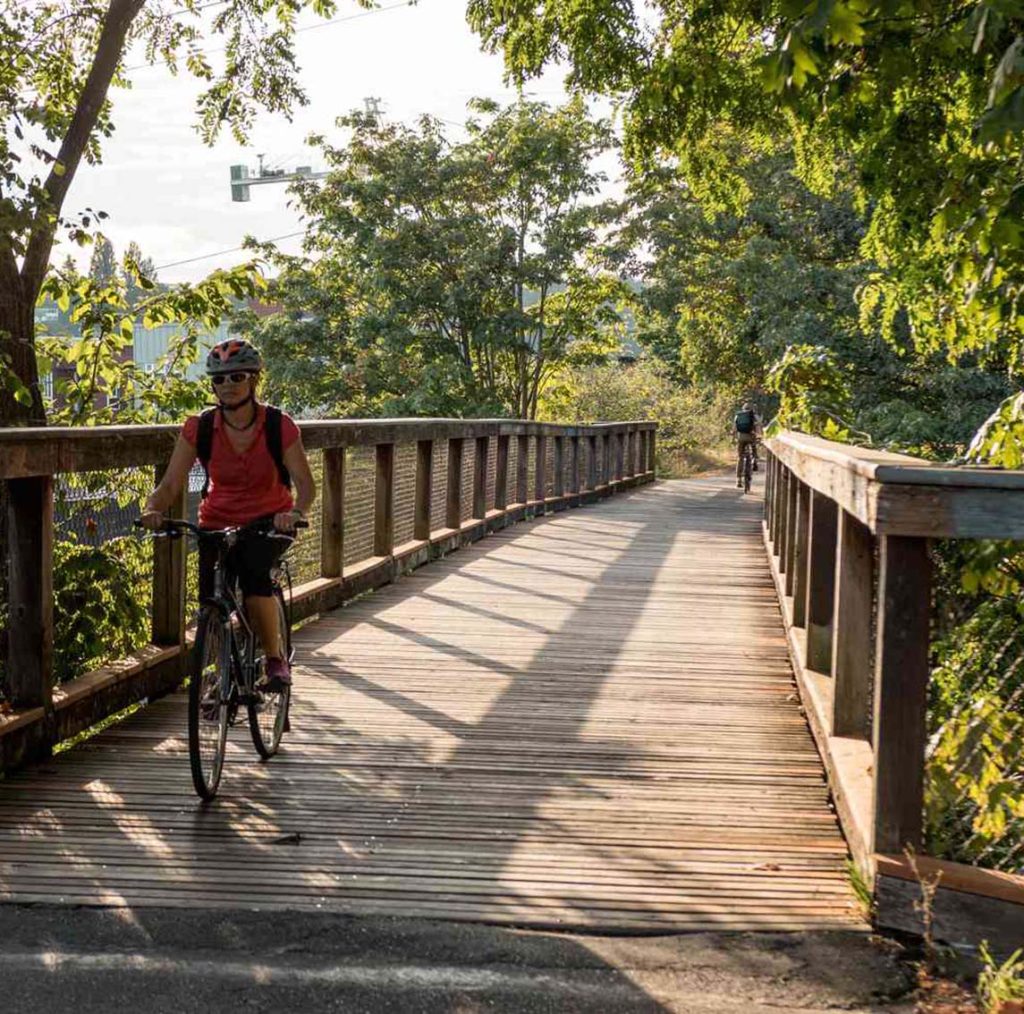
Exploring the great outdoors in Seattle offers endless opportunities for adventure and discovery. Whether hiking through scenic parks, paddling on tranquil waters, or cycling along picturesque trails, visitors are sure to create unforgettable memories amidst the stunning landscapes of the Pacific Northwest. With a plethora of outdoor activities to choose from, Seattle truly is a nature lover’s paradise.
